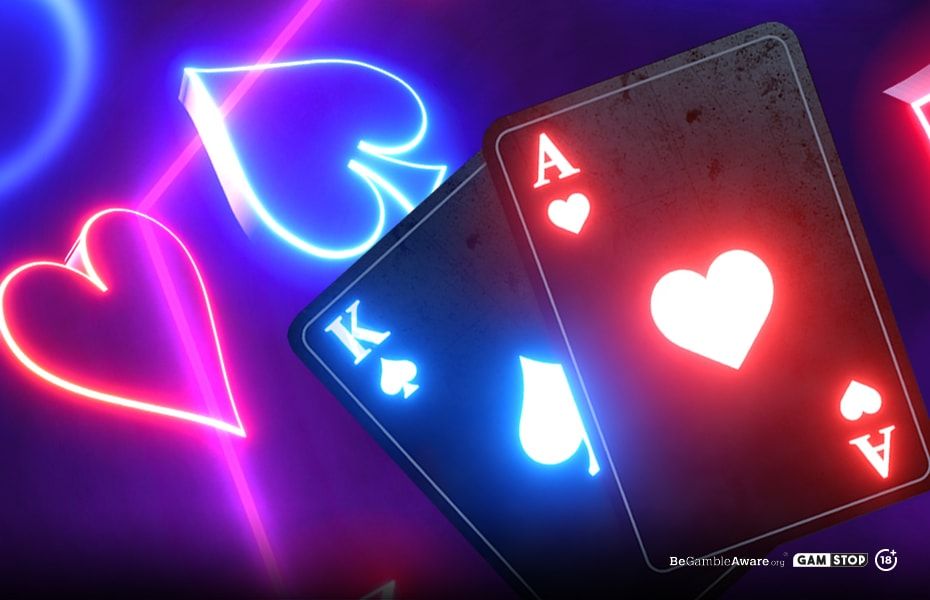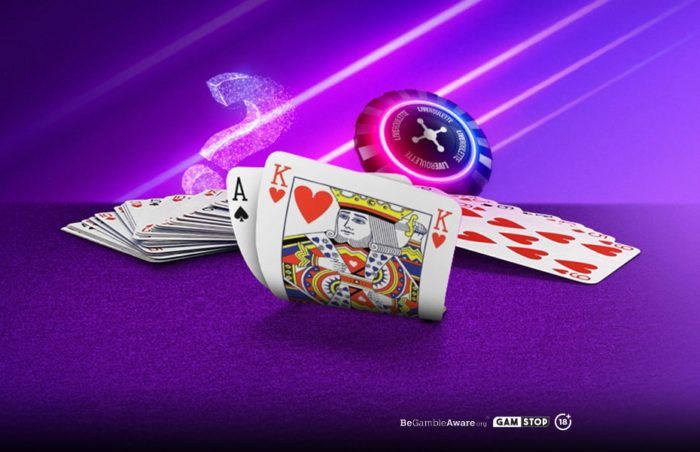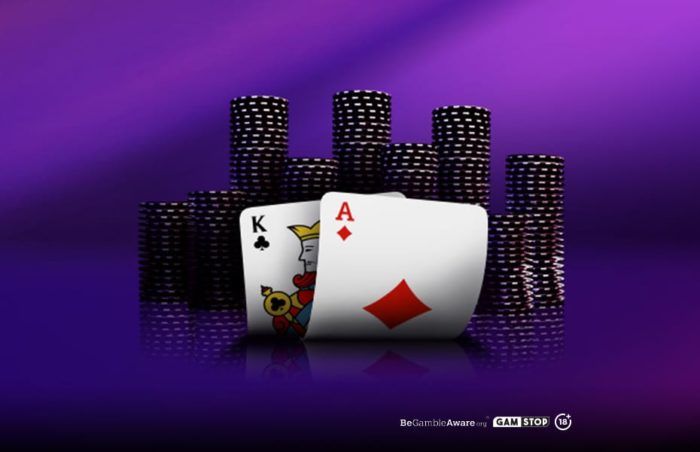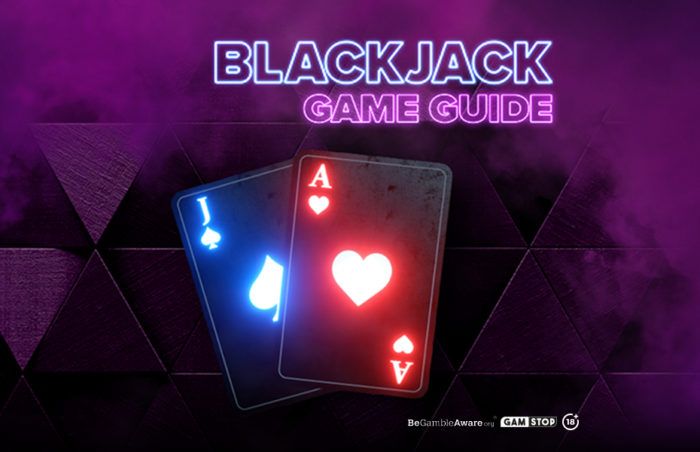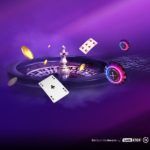Basic Blackjack Strategy In Five Minutes
Blackjack, also known as Twenty-One, is a hugely popular card game, dating all the way back to the 17th century. And of course, in 2019, there are plenty of exciting live versions to try out. But first, you’ve got to get basic blackjack strategy down.
In this bite-sized blackjack strategy guide, you’ll learn all you need to know to get started on our Canadian online casino, in as little as five minutes!
Splitting A Pair
Splitting pairs is one of the more better-known blackjack basic strategies, and it was first introduced to help players bring down the casino’s house advantage a notch or two. However, splitting pairs is usually not always used very effectively, so let’s see how to make this blackjack strategy work for you.
You can split a pair when you have a hand with two cards of the same value, such as a 2 of Hearts and a 2 of Clubs. You split the pair by placing an equal chip right next to the original wager. Don’t put your additional chip on top – that means you want to double up (more on that later). Placing your chip adjacent to the original lets the dealer know that you want to split your hand.
So which hands should you split? Not all cards are equal. For instance, it’s recommended to split a pair of aces (totalling 11) as splitting will give you a much two chances to land two stronger hands. It’s also a good idea to split eights, to potentially improve a hand of 16. Never split a pair of 10 though, as by splitting you might be sacrificing a really good hand. Low numbers aren’t recommended to split either. Why is splitting such a useful blackjack strategy? Because with this strategy you could transform a weak hand into a winning one with one wager or one click, and potentially win more money.
Doubling Down – Hard And Soft Hands
Do you need a good blackjack basic strategy to help you break even or even possibly win when your odds are not looking good? Then doubling down is the blackjack strategy you need.
Doubling down is when you’re given the opportunity to double your initial wager, however, you will then only be able to draw one more card. To double, simply place an equal chip on top of your first wager. Some casinos will have different rules on when you can double down: you can usually double down on any two cards but some casinos may only allow it when you draw a hand of 10 or 11. So, when should you double down? You usually should double down when you have the hard 8, 9, 10, and 11 cards. A hard hand is a hand that doesn’t include an ace.
But what happens when your hand includes an ace (known as a soft hand)? If your hand includes an ace and an eight card or higher, it doesn’t make much sense to double.
The Rule Of Nine
An easy way to decide whether you should double down or not on a soft hand can be summarised below:
- If your dealer’s up-card and your non-ace card add up to nine or more, then double down.
- If the sum of the dealer’s card and your non-ace add up to less than nine, then you can hit.
- Never double down when the dealer holds a seven or higher.
- Never double down when the dealer holds an ace either.
Surrendering A Hand
The blackjack strategy of surrendering a hand can be confusing, due to its misleading name. When you surrender a hand, it doesn’t mean that you’re surrendering the game, and can be a highly useful strategy.
So, how does it work? After having a look at your two-card hand as well as the dealer’s up-card, and the cards just aren’t looking so good, you can apply this method and surrender half of your wager. The dealer will then take half of your wager, as well as your two cards and will place them in the discard pile.
You might be asking why this blackjack strategy is so great if you’re losing half your wager? You’re losing 50% of your wager instead of potentially losing all of it, so you can retain half your stake for the next hand.
Hitting And Standing
Our last blackjack strategy for today is a summary of hitting and standing. This is the bread and butter of playing a game of blackjack, whether online, live or at the casino.
When you hit, you’re asking the dealer for another card and when you stand, it means that you’re happy with cards you’ve been dealt and don’t want any additional cards.
So, when should you hit and when should you stand?
Well, this all depends on what your dealer’s holding:
- If the dealer has an ace, they have a high chance of hitting a 10 value card (10, Jack, Queen or King), so you should aim to have a hand of 17 or over.
- If the dealer has a 10 card, they still have a strong chance of hitting 20. So we recommend you hit until 17 or higher to give yourself the strongest hand you can.
- If your dealer has between seven and nine, at least they won’t be able to hit a Blackjack with their third card, but they can still get a high hand. Hit until 17.
- If your dealer has a card worth four up to six, you could potentially stand on anything above 12.
- If your dealer has a two, you can hit up to a value of nine, but it’s wise to stand on a hand of 13.
And there you go, the four key components of blackjack basic strategy to help you polish up your skills. Why not try out the strategies you’ve learned by playing on LiveRoulette’s range of 15 live blackjack games, such as Exclusive Blackjack, Blackjack Party, and Infinite Blackjack, and show off your know-how?
18+ | begambleaware.org | Gambling can be addictive, please play responsibly. Terms & Conditions apply.
